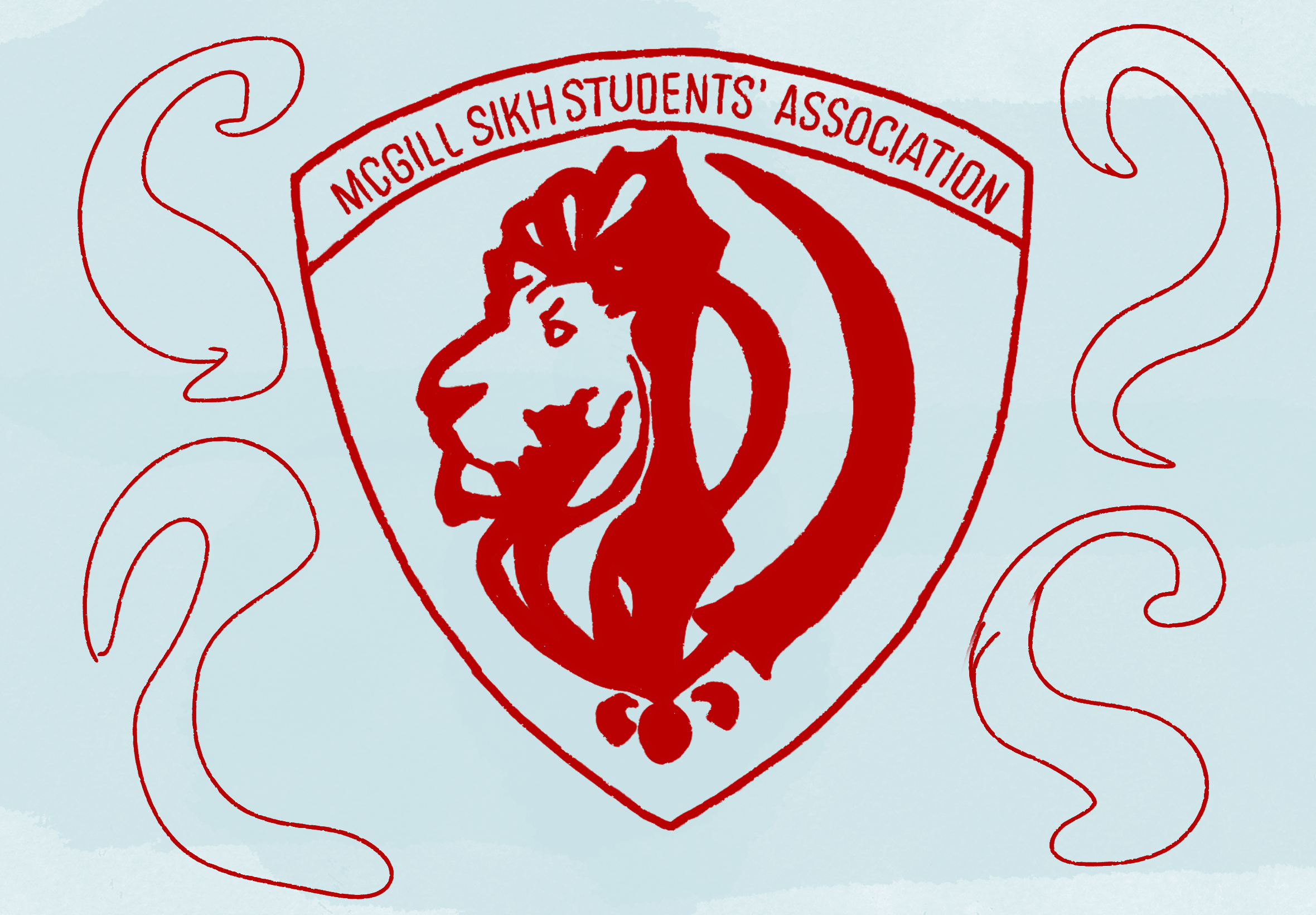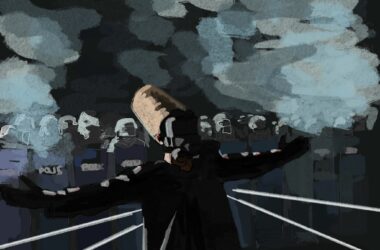Rock n’ roll tested the ‘50s. Hippies protested the ‘60s and ‘70s. Similarly, the hipster subculture of recent years has been challenging the established conventions of youth, and doing so with increasing press, influence, and sartorial expression. In theory, hipsterism—through independent thinking, progressive politics and, perhaps most clichéd, an artsy appreciation of indie-rock and nouveau literature—seeks to defy the norms that constrain a homogeneous society. Fair enough. In practice, however, being a so-called hipster typically connotes thick-rimmed spectacles, extra-large lattes, and pastel-coloured skull candy headphones relaying Cudi-esque ballads about the troubled journey to finding happiness. And thus, the counter-culture message is often muddled into just another form of teen angst.
So is it fair to credit hipsters as being really all that radical? Too many poseurs wearing overpriced vintage and non-prescription glasses have taken up the trend, undermining the intention behind the real anti-conformists, wherever they may be. But the thing is, hipsterism actually isn’t new—and the originals definitely didn’t drink lattes.
Jack Kerouac was born in 1922, and he was America’s first hipster. Kerouac lived and wrote in a time when the American dream still centred on commitment to strong family roles, religious faith, and trust in the country’s international ambitions. Yet acknowledgment of the domestic struggles of the 1930s, the overseas atrocities of the 1940s, and the new hysteria of the McCarthy era had many young Americans questioning the securities of the suburban ideal—they were beat.
The dreamers of Kerouac’s era were bogged down in this sense of rootlessness: a pervasive aura of defeat that plagued much of American society, causing disillusioned youth to “pursue the star further,” as Kerouac said. His time was one when people were constantly searching for something. For freedom, for affirmation, for the freedom to affirm an alternative to the traditional American dream, which clearly wasn’t working. It is in this context that Kerouac and his Beat Generation questioned and resisted traditional white middle-class conventions through literature. They defied the pressures of conformity, and resisted and rebelled against a mainstream society which they felt was outdated, limiting, and, quite frankly, boring.
Kerouac’s most famous novel, On the Road, was one of the first cultural mediums expressing these challenges. “They were … the sordid hipsters of America,” he wrote about Neal Cassady and Allen Ginsberg. “A new Beat Generation that I was slowly joining.” In so doing, Kerouac pioneered a controversial but influential hipsterism: in taking the first cultural shot at tradition, On the Road and other Beat literature subsequently set the trend for an unprecedented celebration of youth rebellion—of sex, drugs, and a freewheeling lifestyle—that was previously unspoken of in the ‘50s. Kerouac once declared in an interview on the Steve Allen Show that “all the stories [he] wrote were true because [he] believed in what [he] saw.” By shocking the nation with the realities of the day, Kerouac petitioned the same nation to accept his Beats as cultural trendsetters, as hipsters of a free America—not unlike the hipsters of today.







